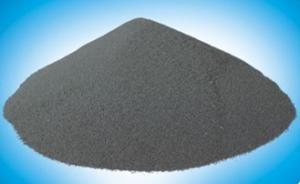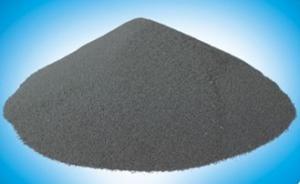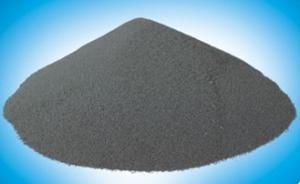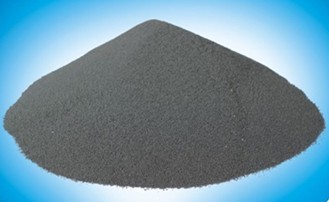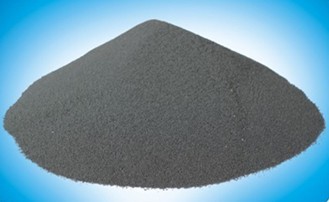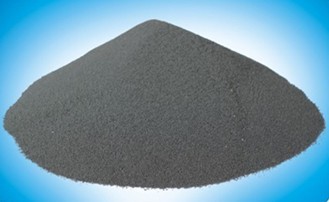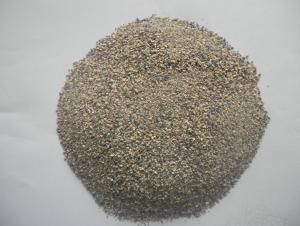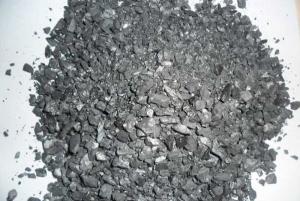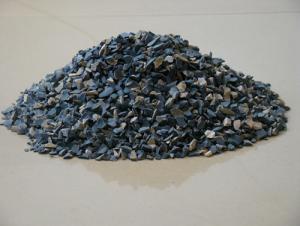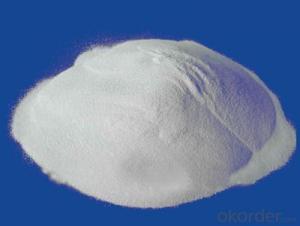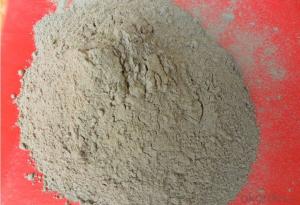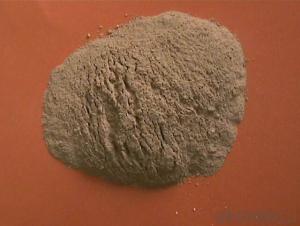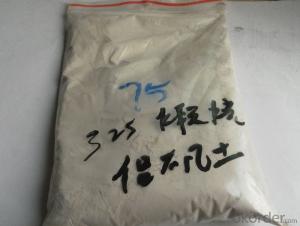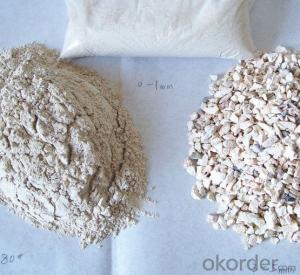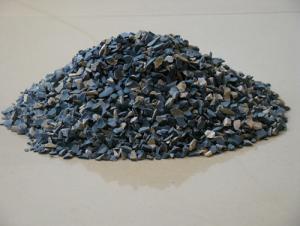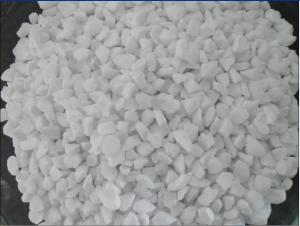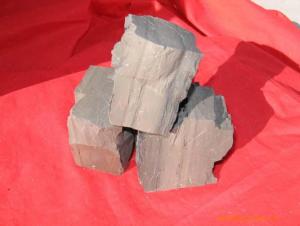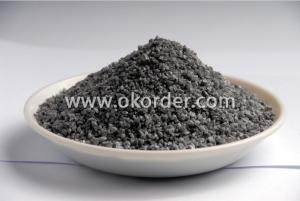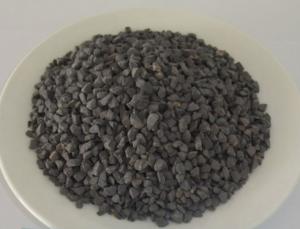Ultra-low carbon steel slab continuous casting special slag
- Loading Port:
- China Main Port
- Payment Terms:
- TT OR LC
- Min Order Qty:
- -
- Supply Capability:
- -
OKorder Service Pledge
OKorder Financial Service
You Might Also Like
Ultra-low carbon steel slab continuous casting special slag
Product description
With the development of modern industry, the international on low carbon steel to the requirement increasingly, this kind of steel [C] is the harmful elements, domestic and foreign production shows that: the process of continuous casting of ultra-low carbon steel is one of the main steps of the carbon, maximum limit reducing the carbon content of the protective slag, to avoid the carbon steel is extremely advantageous. I company production of ultra-low carbon steel CCM mold protect slag, using the latest research results, through the reasonable ingredient control and raw material, and in the very low carbon content slag, effectively control the protection of slag sintering characteristics, such as melting rate of melting performance, solved in ultra-low carbon cases protective slag stable melting process this a difficult technical problems, and satisfy the ultra-low carbon steel ?
water | <0.5% |
Particle size | 0.10~1mm>90% |
Cao/Sio: | 0.8~ 1.1 |
Hemisphere point | 1050~1150℃ |
1300 ℃ melting speed | 20~30S |
1300 ℃ viscosity | 0.15~0.55Pa.s |
density | 0.60~0.85g/cm2 |
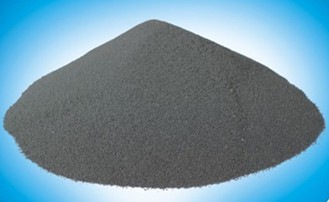
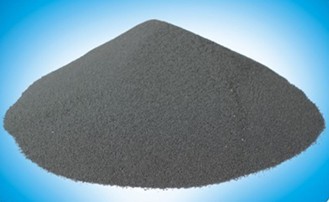
- Q: What is the fire resistance thickness of the thin fire-retardant coatings?
- There is no detailed requirement on the thickness of the thin steelwork fireproof coatings in the "Code for application technology of steelwork fireproof coating", and the thickness there refers to a certain thickness which must(at least) have fire resistance for a certain time. The thickness of fireproof coatings in engineering generally depends on the manufacturer's test reports. Our thin steelwork fireproof coatings: the fire resistance is 2.5 hours, the thickness is 4.9 mm, the fire resistance is 2.0 hours, the thickness is 3.5 mm, the fire resistance is 1.5 hours, the thickness is 1.75 mm, the fire resistance is 1.0 hours, the thickness is 1.17 mm.
- Q: For refractory, what is critical particle size? Thank you.
- Critical granularity means the maximum size of particles in refractory.
- Q: how to use boiler fireclay
- Boiler refractory, diluted with water to touch the places where needed, can be used after high temperature baking.
- Q: How long is the duration of fire resistance of hollow glass magnesium board
- Hollow glass magnesium board features fire prevention, waterproof, tasteless, non-toxic, not frozen, not rot, not crack, unchanged, non burning, high strength and light weight, convenient construction, long service life and so on, and it has more characteristics among products of the same kind nationwide. Its fire resistance limit is 0.65℃.
- Q: what are the requirements of fireproofing material?
- The producing process of fire and moth proof wood: firstly, put general wooden materials into solution with calcium, aluminum and other cations, then soak it into the solution with phosphate radical, silicate and other anions. Thus, the two ions will be carried out chemical reaction in the wood, forming a ceramic-like material, and intimately fill the voids of cells, so that the wood has the fireproofing and mothproof properties.
- Q: How to apply the alumina powder on refractories?
- The most common one in use is the refractory bricks.
- Q: What kind of refractory materials are used in the intermediate frequency furnace?The domestic boric acid can be used as a lining?, how much is the rate?
- Acid, neutral, basic and composite materials are used in intermediate frequency furnace. Boric acid is used according to the type of steel, the specific ratio is too generalized, and it shall be determined when the type of steel is detailed.
- Q: who knows the fire resistant level of fireproof gypsum board ?
- Gypsum board is flame retardant materials, combustion performance rating B1, but when mounted on a steel joist, it can be seen as rating A(non-combustible material) . So it is fine to use as a ceiling. As for the Dragon brand, rock wool can be filled in the mddle according to its design requirements, using different series of gypsum board, steel stud. the walls may have fire resistance and sound insulation property of various degrees. You can randomly choose several samples to run some tests at the quality inspection insititute and the quality of these samples are subject to the testing results.
- Q: What are the requirements when producing fireproof materials by kaolin?
- . Kaolin are kaolinite crowded mineral composed of tiny flakes tubulose, lamellar smaller than 2 microns. it is composed of kaolinite, dickite, pearl stone, halloysite etc. I chemical formula of which is AL2O3-2SiO2-2H2O, the main mineral component is kaolinite and halloysite. Except kaolinite and halloysite there are other minerals montmorillonite, illite, pyrophyllite, quartz and feldspar associated. kaolin contains large amounts of the chemical composition AL2O3, SiO2, and a small amount of Fe2O3, TiO2, and small amounts of K2O, Na2O, CaO and MgO, etc. white pottery is made of kaolin and is now internationally accepted scientific name --Kaolin, derived from the eastern suburb of Jingdezhen high-Village side of the mountain kaolinite. kaolin plasticity, cohesiveness, certain dry strength, sinterability and whiteness after burning, making it the main raw material for ceramic production;. white, soft, highly dispersed, adsorption and chemical resistance with other excellent process performance, it has been widely used in the paper industry as well as industrial sectors such as agriculture and defense cutting-edge technology in the field of rubber, plastics, refractories, petroleum refining . according to the purpose and need, it can be processed, treated and purified, they can be used to produce activated clay.
- Q: Is it normal for caable fire resistant material to catch on fire?
- Abnormal, preventive measures: 1 take fire preventive measures. Measures taken for fire retardant measures of cable: (1) seal closely with fire resistant materials holes ran by cables through walls, shafts to prevent the cable fire, high temperature gas diffusion and spread when cables are on fire. (2) to wrap the cable with the insulation refractory material, when the cable is surrounded with fire, warpped cable is insulated by the insulation material from fire, so it will not be burned. If the cable itself is on fire, fire will be extinguished thankes to lack of oxygen in warpped cable, to avoid the fire to spread out. 2 to strengthen the cable circuit switch and regular protective check and maintenance, to ensure that the action is reliable. 3 to strengthen the cable operation and monitoring, to avoid the overload of the cable operation. . 4 regularly clean dust on the cable, to prevent cable from catching on fire due to the accumulation of dust. 5 to ensure the construction quality, the quality the cable must be strictly in line with the requirements and standards. 6 cable laying should maintain enough distance form the heat pipe, control cable is no longer than 0.5 meters; power cable is no longer than l meters. Control cable and power cable should be divided into slots, be layered and seperated instead of being overlapped . For the parts that do not meet the requirements, measures must be taken to insulate heat and fire. 7 regularly teat cable , abnormal problem should be handled in a timely manner. 8 install fire alarm so that fire will be discovered on time, and cables will not catch on fire. 9 the cable trench should be kept dry to prevent the cable from being affected with damp, or leading to declined insulating function and short circuit.
Send your message to us
Ultra-low carbon steel slab continuous casting special slag
- Loading Port:
- China Main Port
- Payment Terms:
- TT OR LC
- Min Order Qty:
- -
- Supply Capability:
- -
OKorder Service Pledge
OKorder Financial Service
Similar products
Hot products
Hot Searches
Related keywords
